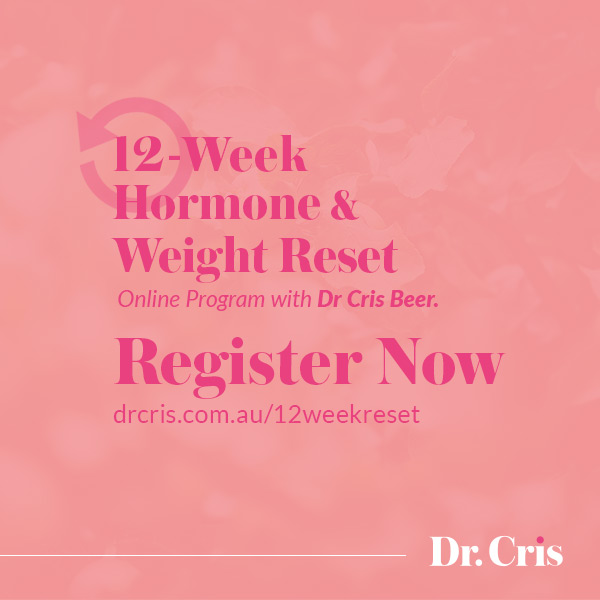Mostly all living things require sunshine and we are no exception. There are reasons we tend to feel happier on a sunny day – our cells respond to the sun’s rays. There has been a lot of discussion in the last 3-4 decades centering around sun exposure and the risk of skin cancer, so much so that we are living year round mostly indoor and when we do venture out in the sun we tend to be almost completely covered up. So what is so important about being exposed to sunshine and how can we ensure that we are exposing our skin to the sun’s rays in the safest way possible?
The Healing Power of Sunshine
There are numerous health benefits associated with exposure to sunshine including:
- Boosting vitamin D levels
- Enhancing mood and energy through the release of endorphins – some people are so affected when they are not exposed to sunshine for prolonged periods that they develop a severe depressed mental and physical state called Seasonal Affective Disorder (SAD). This is particularly a problem in countries that experience little sunshine for many months of the year. The treatment for SAD is light therapy. A milder condition can occur in Australia where individuals do not see the sun for most of the daylight hours due to working for long periods indoors.
- Treating skin diseases, such as psoriasis, vitiligo, atopic dermatitis, and scleroderma.
- Setting our body clock and improving sleep
- Relieving pain from fibromyalgia, a chronic autoimmune condition.
- Inducing nitric oxide (NO) release in the body, which helps protect your skin against UV damage, offers cardiovascular protection, promotes wound healing through its antimicrobial effect, and has some anti-cancer benefits.
- Protecting against and suppressing symptoms of multiple sclerosis (MS).
Of these, the most topical at the moment is vitamin D and the important role it plays in our health. Let us look at this briefly before we look at how much sunshine exposure we need each day.
The Importance of Vitamin D
We are currently experiencing an epidemic of Vitamin D deficiency. At least one third of Australians are vitamin D deficient. Interestingly, studies have suggested that vitamin D should not really be considered a vitamin at all since it behaves more like a hormone in the body. That is, it is made in the skin, gets into your bloodstream and then goes into the liver and the kidney where it becomes activated as a key steroid hormone called Calcitriol. It then goes to the intestines, bones and other tissues, effecting metabolic pathways and the expression of a myriad genes.
Vitamin D’s active form has been depicted to interact with almost every cell in the body directly or indirectly, potentially targeting up to two thousand genes, or about 6 per cent of the human genome. It is necessary for numerous cellular functions, and when the body does not have what it needs to function optimally, it follows that we can experience a decline in health and put ourselves at risk of disease.
Some of the conditions associated with vitamin D deficiency include:
- Osteoporosis (weakened bones) in older adults as vitamin D controls calcium levels in the body
- Bone and muscle pain
- Rickets (softened bones) in children
- Multiple sclerosis
- Diabetes (type1 and type 2)
- Various types of cancers (particularly colon cancer)
- Heart disease
- Mental health conditions (including schizophrenia and depression)
- Worse outcomes in stroke
- Altered immunity and other autoimmune diseases
Although there is a strong link that these conditions are associated with vitamin D deficiency, more research is needed to determine whether optimising vitamin D levels will prevent these conditions.
#healthyhabits #healthyliver
Dr Cris Beer
Holistic Medical Doctor
Author ‘Healthy Habits, 52 Ways to Better Health‘ and Healthy Liver



